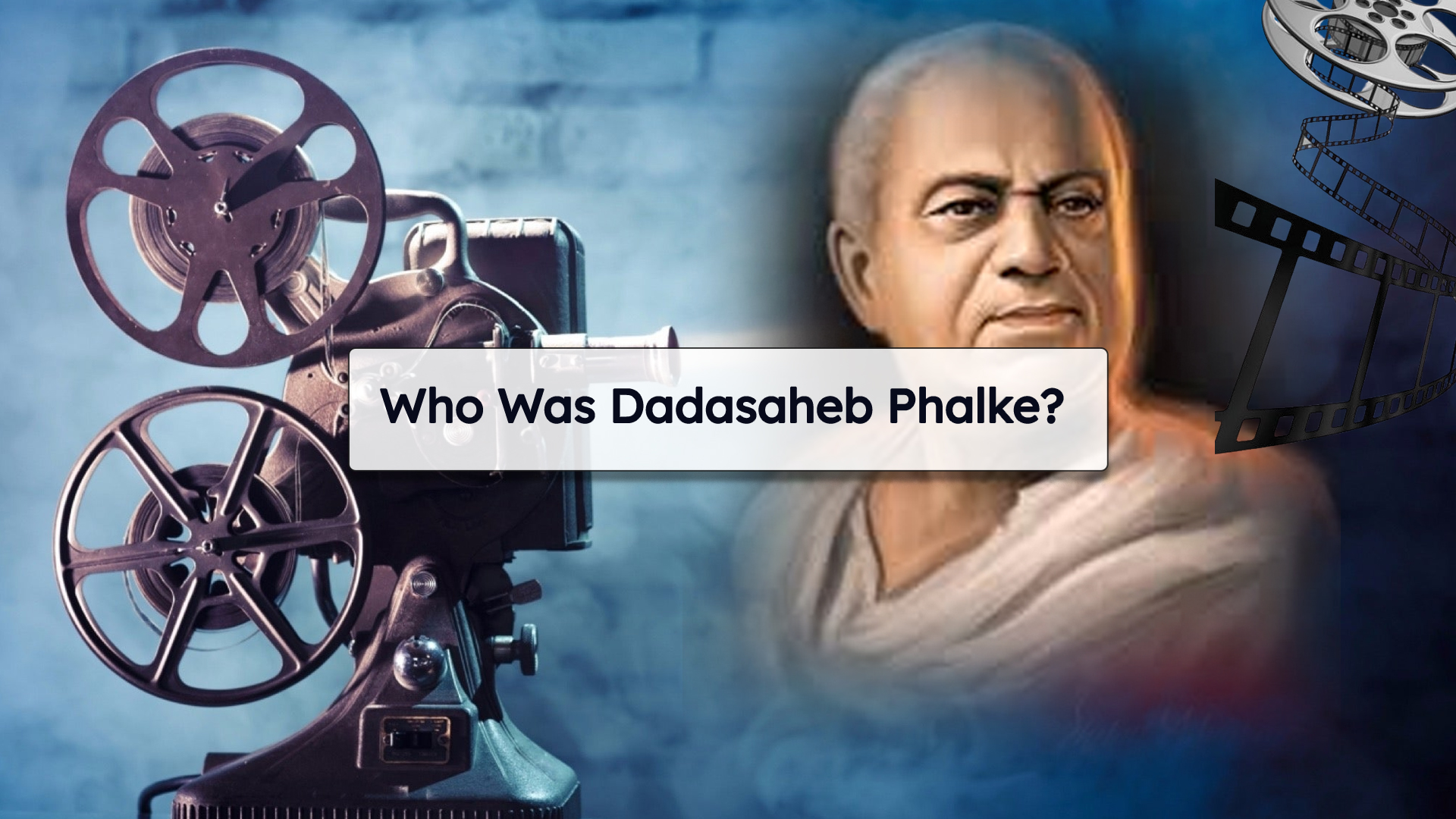Dadasaheb Phalke is a name synonymous with the birth of Indian cinema. Revered as the “Father of Indian Cinema,” he was the visionary filmmaker who laid the foundation for the thriving film industry in India. His contributions not only pioneered the art of filmmaking in the country but also set the stage for an industry that would go on to become one of the largest in the world.
Early Life and Inspiration
Born as Dhundiraj Govind Phalke on April 30, 1870, in Trimbak, Maharashtra, he had a keen interest in the arts from a young age. Trained in fine arts at the J.J. School of Art in Mumbai, he later developed an interest in photography, printing, and theater. However, his passion for filmmaking was ignited when he watched the silent film “The Life of Christ” in 1910. Inspired by the medium’s potential, he resolved to bring Indian stories to the silver screen.
Raja Harishchandra – The First Indian Film
Determined to master the craft, Phalke traveled to London to study filmmaking techniques. Upon his return, he embarked on making India’s first full-length feature film, Raja Harishchandra, which was released on May 3, 1913. The film, based on a Hindu mythological tale, was entirely produced, directed, written, and edited by Phalke himself. It marked the beginning of Indian cinema and received immense appreciation, establishing filmmaking as a viable industry in the country.
Pioneering Efforts and Challenges
Phalke’s journey was far from easy. In an era when filmmaking was still in its infancy, he faced financial difficulties, lack of resources, and skepticism from society. He had to train actors, many of whom were reluctant to work in films due to social taboos. Notably, as no women were willing to act, the role of Queen Taramati in Raja Harishchandra was played by a male actor.
Despite these challenges, Phalke’s passion and determination led him to produce more than 90 films over the next two decades, including Mohini Bhasmasur (1913), Lanka Dahan (1917), and Shri Krishna Janma (1918). His films predominantly revolved around mythological and historical themes, resonating deeply with Indian audiences.
The Legacy of Dadasaheb Phalke
Phalke’s impact on Indian cinema is immeasurable. He introduced the art of storytelling through cinema, blending traditional narratives with modern filmmaking techniques. His pioneering efforts laid the foundation for future generations of filmmakers, making Indian cinema a dominant cultural force.
To honor his contributions, the Government of India established the Dadasaheb Phalke Award in 1969, the highest accolade in Indian cinema, presented annually for lifetime contributions to the industry.
Conclusion
Dadasaheb Phalke was more than just a filmmaker; he was a visionary who dared to dream of an indigenous film industry when the concept was foreign to India. His relentless pursuit of storytelling through cinema continues to inspire filmmakers across generations. His legacy lives on, not just in the award named after him but in the vibrant and dynamic film industry that he helped build.


